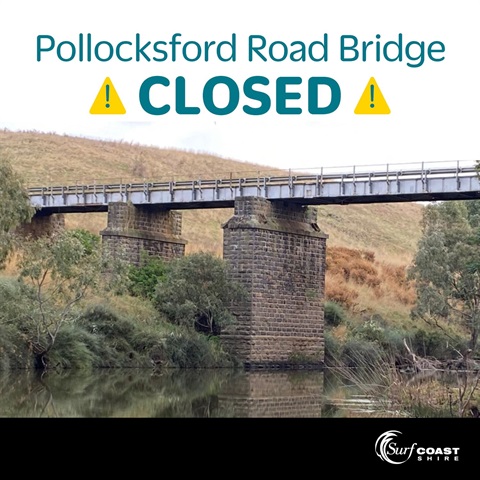The first quarter analysis of Port Pirie children’s blood lead levels for 2020 shows improvement in all reported blood lead level indicators.
The Department for Health and Wellbeing’s Scientific Services Director, Dr David Simon, said the improvement in the first quarter of 2020 indicates reduced exposure of children to lead.
“It is encouraging to see these kinds of results alongside the lower than average level of airborne lead reported by the Environmental Protection Authority (EPA) in 2019, as this is the first step in reducing the exposure of children to lead,” Dr Simon said.
“While lead-in-air has been trending downwards since 2018, this does not have an immediate impact on blood-lead-levels in the community.
“Lead takes a considerably long time to be excreted from the body and lead-in-air is only one of multiple contributors to a child’s blood lead levels.
“Where a child lives, their age, their diet, dusty weather conditions, and even the presence of old paint in their home can all factor in to blood-lead levels.”
Dr Simon said although the first quarter’s results were pleasing, the community needs to remain vigilant to ensure the good figures are maintained.
“Any improvements we are seeing now are not just down to lower lead-in-air but because of the hard work of families, the Port Pirie Environmental Health Centre and the wider Port Pirie community, who are very experienced in living with lead in their environment,” Dr Simon said.
“For blood lead levels to continue to improve we need levels of lead in air to stay low and the effective management of lead in the community to continue.”
The average blood lead level of all children who were tested in the first three months of 2020 was 5.8 micrograms per decilitre (μg/dL), compared to 6.3 μg/dL at the same time last year. The average blood lead of those children aged 24 months in the first three months of 2020 was 6.0 μg/dL, compared to 7.5 μg/dL at the same time last year.
The first quarter report for 2020 has also seen a 4.7 per cent improvement in the percentage of children tested who have levels below 10 μg/dL compared to the same reporting period in 2019 and the number of children with blood lead levels equal to or above 20 μg/dL has also decreased.
The Department for Health and Wellbeing provides voluntary blood lead screening in partnership with the Targeted Lead Abatement Program (TLAP) that has been delivered to the community by the Port Pirie Environmental Health Centre (EHC) since 1984.
The blood lead levels are measured against the National Health and Medical Research Council (NHMRC), which advises blood lead levels above 10μg/dL can have harmful effects on a number of body functions and organs in both adults and children, and that lead sources should be investigated then prevented or reduced at the exposure investigation level of 5 μg/dL.
The full report can be viewed at www.sahealth.sa.gov.au.







